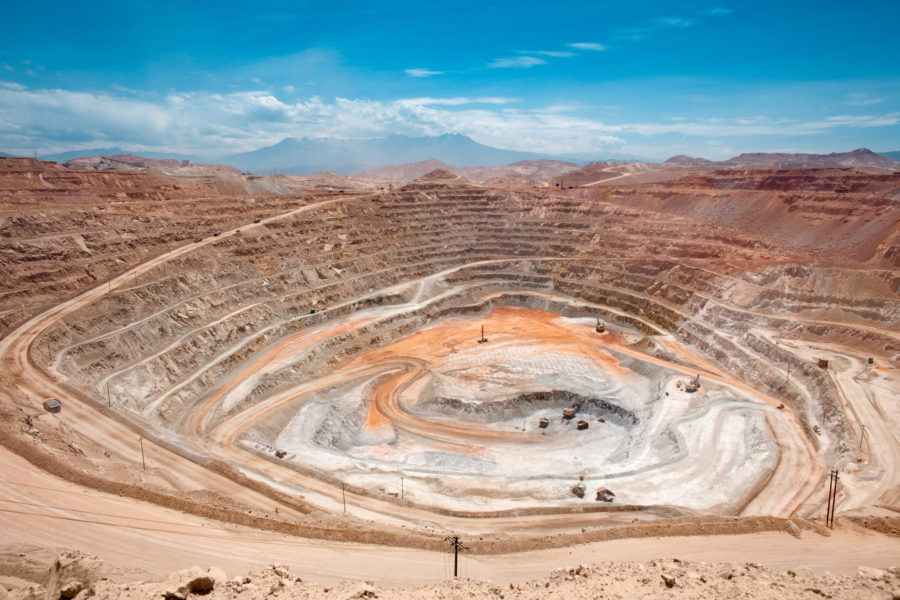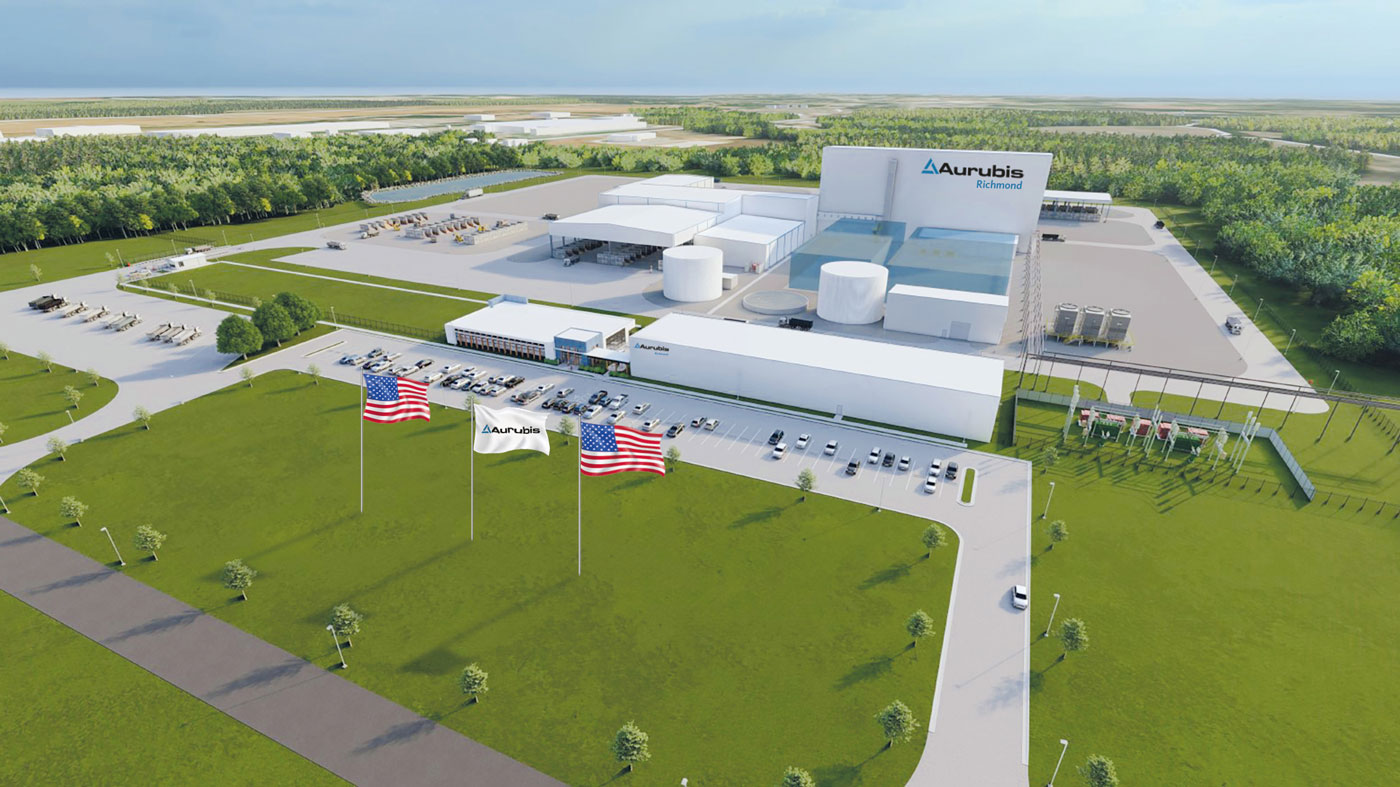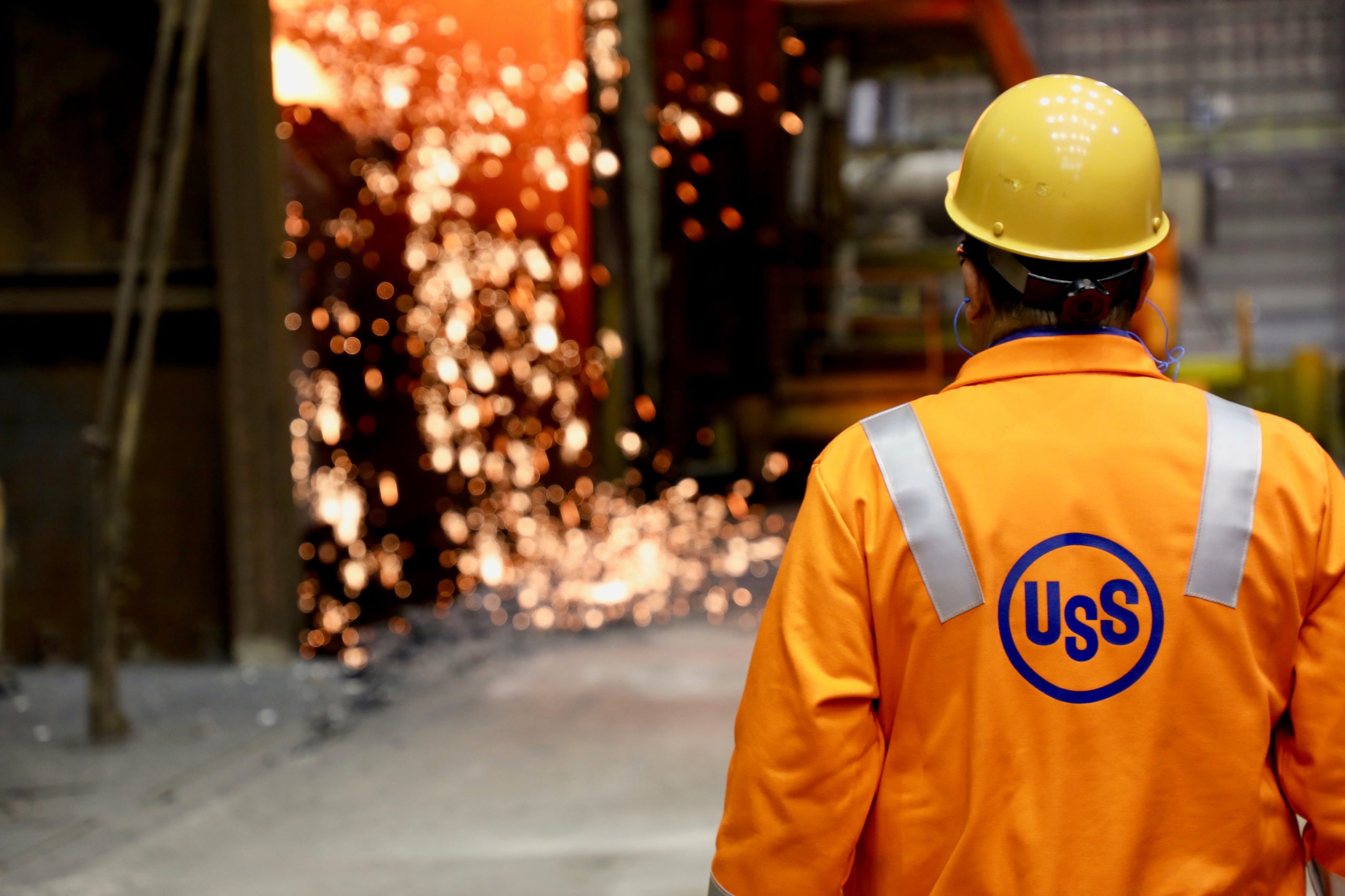Hostile takeovers gone bad: Steve Todoruk
By Henry Bonner (hbonner@sprottglobal.com)
Sprott Global Resource Investments Ltd.
Key points: Juniors that are likely to be taken over typically see a significant increase in trading volume just prior to takeover negotiations. For “takeover plays” in our portfolio, this can be an early signal that we are right.
How do big mining companies and small exploration companies hammer out takeover deals with the takeover premiums that shareholders expect? What happens when negotiations go wrong?
Steve Todoruk, an Investment Executive at Sprott Global Resource Investments Ltd, has nearly two decades of experience in the field at mining projects. Steve walked me through a recent takeover example that shows how the game is played, and why volume typically rises substantially in the period preceding takeover talks.
Two years ago, after making a new high grade uranium discovery in central Canada, a junior named Hathor Exploration Limited (we have discussed this company in a previous issue) was the subject of a hostile takeover attempt by the world’s largest uranium mining company – Cameco Corporation.[1]
“Hathor’s new discovery was located in Cameco’s backyard – the Athabasca Basin,” Steve explains. “Cameco watched as the resources discovered by Hathor grew larger and larger.”
After a few years, Cameco made a takeover offer for Hathor. But management at Hathor rejected the proposal, deeming it insufficient for the value of their deposit.[2] Cameco opted to take the offer directly to the Hathor shareholders with a hostile takeover.
“Hathor management quickly made the case to shareholders that Cameco’s offer was a fraction of the value of Hathor’s high grade uranium deposit,” says Steve. They also set out to attract a competing bid.
They succeeded in finding a competitor to Cameco: three weeks later, Rio Tinto (the second largest mining company in the world, 12 times larger than Cameco in terms of market cap as of 3 September, 2013) made a higher offer for Hathor.[3] A bidding war ensued, which Rio Tinto eventually won, outbidding Cameco to acquire Hathor. Prior to entering the Hathor bidding war, Rio Tinto bought 9.9% of the shares of Hathor in the open market – which is the usual amount of shares a major will buy so they do not need to disclose that they are an insider to the company.
“The loss of Hathor was a major blow to Cameco,” Steve continues. “Prior to the bidding war, Rio Tinto had no presence in the Athabasca Basin, leaving Cameco as the only big player in the region. With this development Cameco will face competition when a new deposit surfaces in the basin.”
In the Hathor story, it appears that, unlike Rio Tinto, Cameco entered negotiations without first securing the maximum possible interest without becoming insiders. Was this a mistake?
“If they had bought shares of Hathor before the bidding war, they would have had leverage in the company when it came to a takeover negotiation. But it doesn’t appear that they made this move at the time, and that may have cost them Hathor.”
Big mining companies gain a strategic position before making a takeover bid by acquiring shares in the open market.
Such a position would have helped Cameco avoid being beaten out by a bigger competitor: “From a business point of view, buying shares early on makes sense for majors. Shares bought in the open market are less expensive than if they were to make a takeover bid at a premium. These shares also serve as a hedge against losing the takeover battle. They can sell their cheap shares into the takeover bid for a profit.”
Steve believes Cameco will not make the same mistake twice and will very likely buy up shares of companies it is interested in taking over in the future. Steve believes this is especially necessary given their new competition in the basin, Rio Tinto.
“In the Athabasca Basin, Cameco will face competition from Rio Tinto, and possibly Areva or Denison Mines,” Steve believes.
Therefore, heavy buying in certain companies could provide clues about what major mining companies expect to do in the future. Presumably, each of the companies interested in acquiring a particular junior will take a 9.9% stake beforehand.
Especially in a competitive region like the Athabasca Basin, high volumes of trades in juniors with decent resources could be a sign that majors are gearing up for an aggressive takeover negotiation.
“We don’t just look for high volumes in order to find takeover targets. We typically invest early on, at least several months or years before the majors would start to get interested. But when we own companies as ‘takeover plays,’ high volumes of trading can indicate that we are on the path of being proven right.”
Questions? Contact Steve Todoruk.
Steve Todoruk worked as a field geologist for major and junior mining exploration companies after he graduated with a B. Sc. in Geology from the University of British Columbia, in 1985. Steve joined Sprott Global Resource Investments Ltd. in 2003 as a Senior Investment Executive.
To contact Steve, e-mail him at stodoruk@sprottglobal.com or call him at 1.800.477.7853.
[1] Mining Weekly: Cameco’s $520m Hathor bid could spur uranium takeover frenzy
[3] Financial Post: Rio Tinto boosts Hathor takeover bid
More News
Peru mining chamber sees copper output up 2-4% this year
That would put Peru's copper production between 2.79 million and 2.85 million metric tons.
April 09, 2025 | 02:53 pm
Aurubis to ramp up new US copper recycling facility
Aurubus has invested $800 million building the project, which took four years.
April 09, 2025 | 02:50 pm
Trump says he does not want to see US Steel go to Japan
The comment appeared to contradict recent actions by the Trump administration.
April 09, 2025 | 02:49 pm
{{ commodity.name }}
{{ post.title }}
{{ post.excerpt }}
{{ post.date }}




Comments